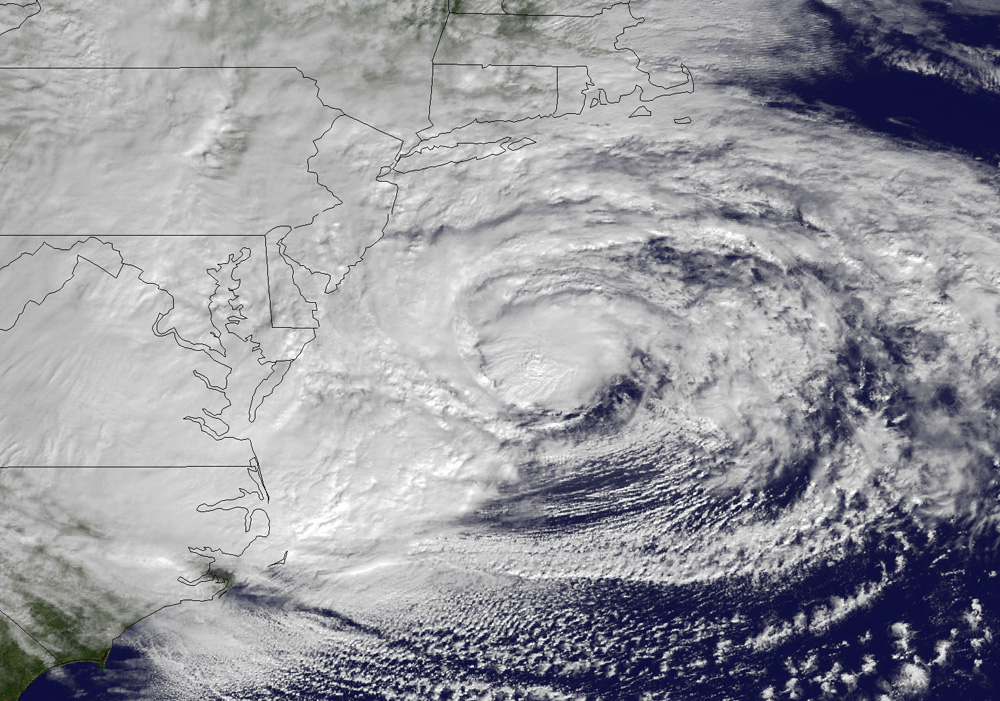Some people in the world still like to believe that the climate is not changing, but it most definitely is. You can see evidence all around you every day, and there has been a plethora of scientific research done on the subject. Climate change affects almost every aspect of life as we know it, including surfing. When people think of global warming, they tend to think of water rising, so surfers typically find climate change to be good news in relation to their sport – in reality, though, recent studies have shown that, on average, waves will actually be getting smaller as the climate changes.
So what is climate change, anyway? The term is actually a very basic one and can apply to any change in the climate, but when most people reference it they are referring to a long-term change to things like humidity levels, wind speed, temperature, etc. These are all seasonal changes that occur very slowly over long periods of time. Some of the changes are predictable and unavoidable, while others sometimes surprise the scientists who discover them. Climate change affects the way that humans, plants and animals live their lives, so it is very important to pay attention to and try to prevent it. Tips for what you can do at home can be found at http://www.shopelectricityratestexas.com/texas-electricity-rates/Texas/.
So how does it specifically affect waves? Well, a wave is formed by a relationship between wind on the surface of the water and a current underneath. When the wind and the current are moving two different directions, the water is pulled up above the surface, which creates the wave itself. This means that the water level is higher on one side of the wave than on the other, and so the water tries to refill that empty space, which is why the wave starts heading toward shore. While waves can also be caused by movement in land (which is usually why tsunamis are formed), most surfers ride the waves that are caused by wind.
So if wind speeds and directions continue to change, which they most certainly will, surfers will find themselves atop waves that have changed, as well. As mentioned previously, scientists expect these waves to become smaller over time, so surfers will likely be spending a longer amount of time looking for the perfect wave to carry them back to shore. The sport will definitely change, but it won’t be very drastic for a long time. Scientists don’t expect there to be a significant change in wave size until the end of the century.
With that being said, there are places around the globe where wave heights will actually increase, though these areas are much fewer than their small-wave counterparts. Australia and New Zealand, two of the most popular surf destinations in the world, will see taller waves by the turn of the century, especially in summer months. In addition, the tropical east is expected to see higher wave heights, as well. For the most part, though, surf conditions are being affected negatively by climate change; if you want to stay where the tall waves will still be coming in, it may be best to plan to live as an Aussie during your retirement.
 Become A Sponsor!
Become A Sponsor!If you have a product or service that is a good fit for our surf community, we have opportunities for you to sponsor this blog! Download our media kit now!

